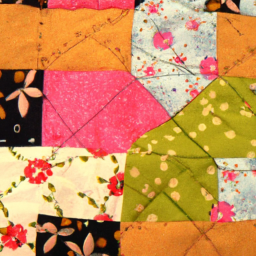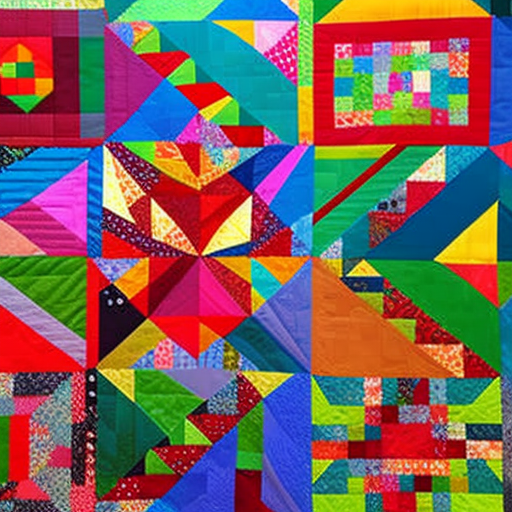
Introduction
Quilting is a time-honored tradition that not only encompasses artistic expression but often carries cultural significance. One of the intriguing aspects of quilting is the rich array of quilt patterns that have been passed down through generations. While these patterns may seem like nothing more than beautiful arrangements of fabric, they often hold deeper meanings that connect to history, folklore, and personal stories.
The History of Quilt Patterns
Quilting dates back centuries, with evidence of its existence found in ancient Egyptian tombs. Quilt patterns started taking shape in the United States during the colonial era and continued to evolve through the 18th and 19th centuries. As the country expanded, quilts became an essential part of American households, both for their functionality and artistic value.
Symbols and Meaning
Quilt patterns are often imbued with symbols that hold special meaning. For example, the Log Cabin quilt pattern traditionally symbolizes the warmth and safety of home, with each block representing a log, while the Flying Geese pattern can evoke themes of migration and freedom. These symbols often reflect the experiences and values of the quilt maker or the community in which they originate.
Cultural Significance
Quilt patterns have served as a means of cultural expression throughout various communities. African American quilts, such as the Underground Railroad quilts, incorporated secret codes and messages to aid escaping slaves, providing directions and warnings along their path to freedom. Similarly, Native American quilts often feature traditional motifs and colors that are deeply rooted in their cultural heritage.
Personal Stories
Quilt patterns have also served as a medium for storytelling and preserving family history. Many quilt patterns have been handed down through generations, each representing a chapter in the family’s narrative. The careful selection of colors and fabrics can capture moments of triumph, celebration, or sorrow, commemorating events and loved ones.
Conclusion
Quilt patterns are not simply decorative arrangements of fabric; they are often steeped in history, culture, and personal stories. They provide a medium for individuals to express their creativity, showcase their heritage, and convey meaningful messages. Whether passed down through generations or created anew, quilt patterns continue to enrich the world of quilting with their profound symbolism and artistic beauty.

Interesting question!
Johnnie Walker: Absolutely!
I’m sure they do! Quilts often protect and preserve the values, beliefs, and memories of the one who created them. Each pattern has a story to tell and we should take the time to appreciate the creativity and effort put into each quilt.
Absolutely! Quilts demonstrate culture, history, values, and art at the same time. It’s beautiful to witness.
Absolutely! Quiltmaking is an art form that is steeped in culture and tradition. Patterns may vary depending on the culture, but each has meaning — telling stories of the maker or providing comfort in tough times. They are a window into the past and a way to protect values and memories for future generations.
Indeed they do! Each quilt pattern is a representation of the maker and their culture as well as an expression of joy, comfort, and values that can be passed down for generations to come. It’s an incredibly special thing to behold.
Yes, quilt patterns hold a lot of meaning. They can represent a maker’s heritage, values, memories, and much more. Quilts, and the patterns contained within them, are such a special means of expression and connect us to our past.
Agreed! Quilts are a unique way of connecting us to our past, present, and future. Each pattern carries a story and holds different meanings depending on the culture and the maker. It is amazing to consider the legacy that a quilt may have once it’s been crafted.